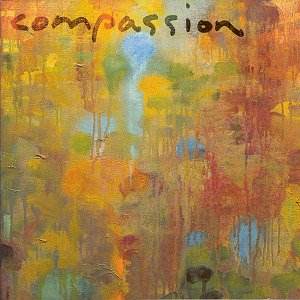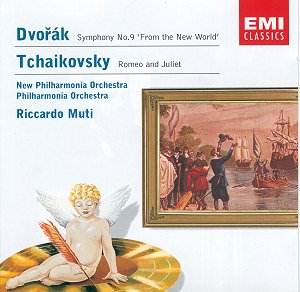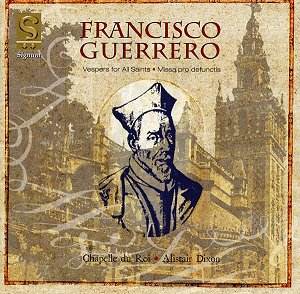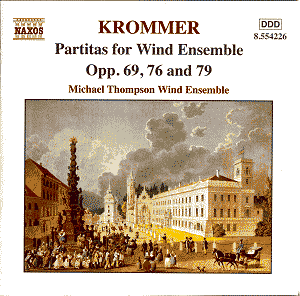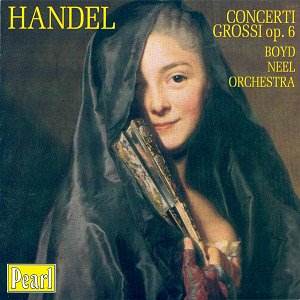 Composer: Georg Frideric Handel
Composer: Georg Frideric Handel
Works: Concerti Grossi Op 6
Performers: Boyd Neel Orchestra
Recording: Recorded 1936-1938
Label: Pearl GEMM CDS 9164 [2 CDs: 159.24]
The Concerti Grossi, Op 6, represents one of Handel’s zeniths in the baroque concerto grosso form, showcasing his mastery of orchestral color and texture. Composed in 1739, these twelve concerti not only reflect the composer’s deep understanding of instrumental dialogue but also serve as a testament to the evolving performance practices of the time. The recordings by the Boyd Neel Orchestra, made between 1936 and 1938, allow listeners to engage with these works through a historical lens, capturing an era when early music performance was beginning to flourish yet had not fully embraced the principles that would dominate the latter half of the 20th century.
The performances, led by the indefatigable Boyd Neel, reveal a distinctive interpretative approach that both benefits and suffers from the historical context in which they were recorded. Neel’s handling of tempo is particularly noteworthy; in Op 6 No 1, for example, his slower and more emphatic pacing diverges sharply from the more agile interpretations of contemporaries such as the Busch set. This heavier texture, marked by the weighty string tone, may evoke a sense of grandeur, yet it often sacrifices the athletic expressivity that characterizes much of Handel’s work. The harpsichord continuo, prominently delivered by Arnold Goldsborough, stands in stark contrast to the more subdued continuo in other recordings, offering a vivacious underpinning that enhances the orchestral dialogue.
Technical aspects of the performance merit scrutiny as well. While Neel’s orchestra demonstrates commendable cohesion, the variances in tempo across movements can lead to moments of unidiomatic phrasing. The Larghetto of the G Minor, clocking in at a potentially excessive six minutes, exemplifies this challenge. Such slow tempi, when juxtaposed with the surrounding movements, risk creating a sense of incongruity within the flow of the work. The orchestral sonority, while lush, occasionally veers towards a congealed texture, detracting from the intricate interplay that Handel so masterfully orchestrated.
Sound quality, a crucial element in the evaluation of historical recordings, presents a mixed picture. The engineering, typical of its time, lacks the clarity and spatial dynamics that modern audiences might expect. However, it does possess a certain warmth that envelopes the listener, evoking the intimate concert settings of the late 1930s. Despite these limitations, one cannot overlook the pioneering spirit of this recording. It stands as a significant early document in the performance history of Handel’s works, predating the more refined interpretations that would emerge in subsequent decades.
Engagement with this set of recordings reveals both the strengths and limitations of early 20th-century performance practices. Neel’s interpretations may not always align with contemporary sensibilities regarding tempo and texture, yet they provide a valuable window into the evolution of Handel performance. These recordings, while perhaps not definitive, offer a rich tapestry of sound that invites appreciation for the artistry of the musicians involved and the historical moment they inhabited. The Boyd Neel Orchestra’s traversal of Handel’s Concerti Grossi, despite its anachronisms, remains an essential listen for those seeking to understand the developing landscape of early music performance.
